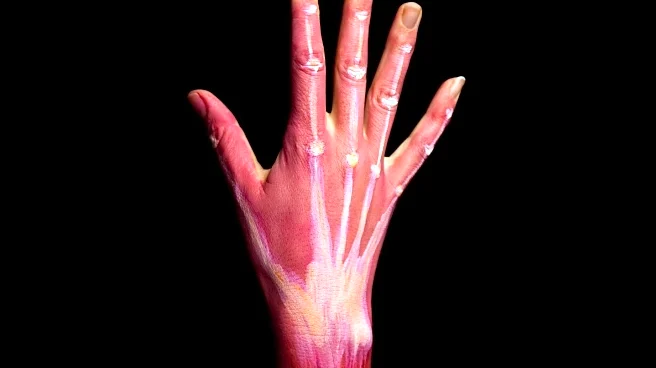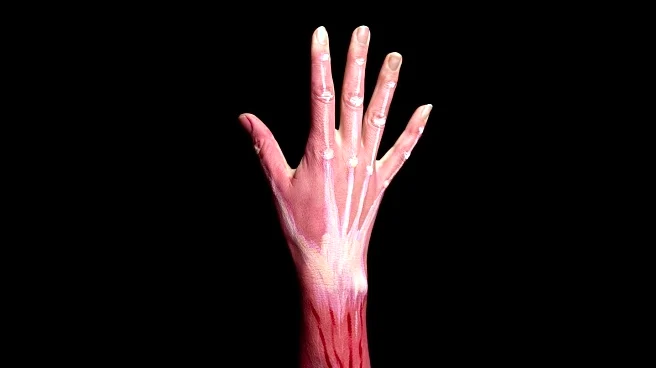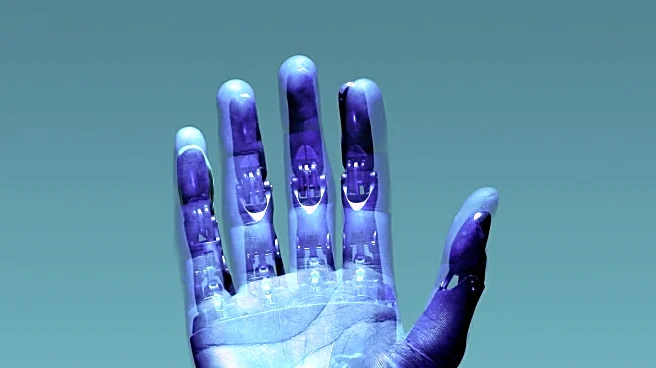What's Happening?
A longitudinal observational study has been conducted to examine motor training strategies, therapy dosage, and motivation in the subacute arm-hand rehabilitation of individuals with cervical spinal cord injury. The study involved participants with lesions between C1-Th1 and AIS A-D, who were observed over a six-month rehabilitation period. Conducted in three rehabilitation centers in Belgium and the Netherlands, the study analyzed regular arm-hand training sessions, focusing on active arm-hand use, skill training, and task-oriented components. Results indicated that analytical training had the highest active arm-hand use at 30.3%, followed by skill training at 26.6%. Despite the importance of skill training, it was found to be underused, with participants reporting low physical fatigue and difficulty but high motivation.
Why It's Important?
The study highlights a significant gap between clinical practice and evidence-based guidelines for arm-hand training in spinal cord injury rehabilitation. The findings suggest that while participants are highly motivated, the perceived difficulty and intensity of the training are low, indicating potential for increasing therapy doses to improve rehabilitation outcomes. This could lead to enhanced recovery processes for individuals with cervical spinal cord injuries, potentially influencing rehabilitation practices and policies in the U.S. healthcare system. The study underscores the need for more effective training strategies to maximize patient recovery and improve quality of life.
What's Next?
The study's findings may prompt healthcare providers and rehabilitation centers to reassess their training protocols and consider integrating more task-oriented components and increasing therapy doses. This could involve revising current practices to align more closely with evidence-based guidelines, potentially leading to improved rehabilitation outcomes. Stakeholders in the healthcare industry, including policymakers and rehabilitation specialists, may need to address these gaps to ensure optimal recovery for patients with spinal cord injuries.
Beyond the Headlines
The study raises ethical considerations regarding the adequacy of current rehabilitation practices and the need for evidence-based approaches. It also highlights the cultural dimension of patient motivation and engagement in therapy, suggesting that personalized approaches could enhance rehabilitation outcomes. Long-term shifts in rehabilitation strategies could emerge, emphasizing the importance of aligning clinical practices with research findings to improve patient care.











